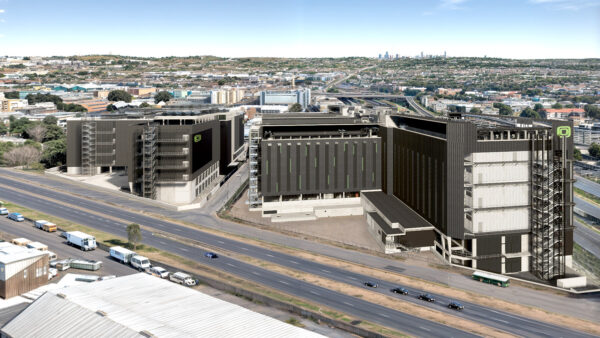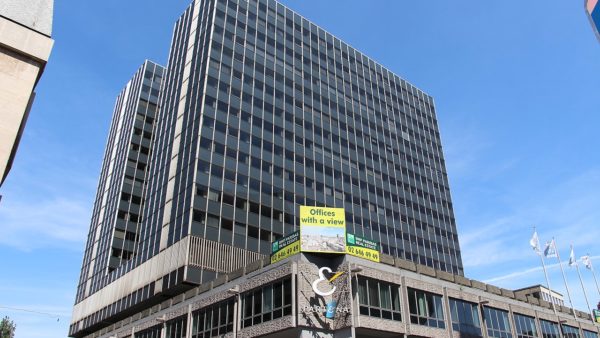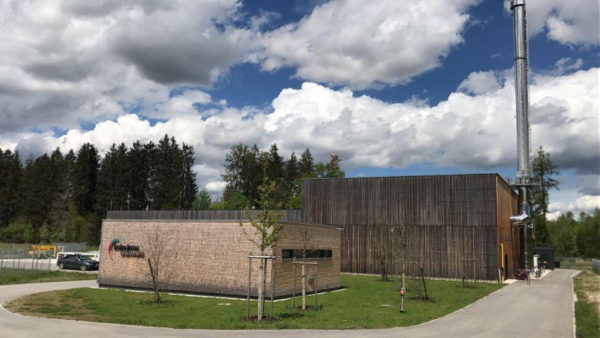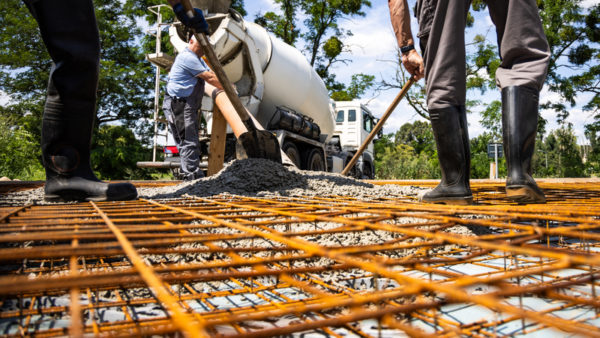Concern has been raised about the number of deaths on construction sites in Texas, and about exploitative practices in the state.
In 2017, the last year for which data are available, 183 people died in Texas in occupations relating to construction, installation, repair, maintenance and extraction, according to the Bureau of Labor Statistics. That’s one every two days.
This rate may underestimate the scale of the problem, as the deaths of workers without papers may not be reported to authorities.
Public attention was drawn to the regulation of construction sites following the 9 June crane collapse in Dallas, which injured five people and killed a 29-year-old woman in her apartment. A subsequent investigation by the NBC 5 television station concluded that the state did “nothing” to prevent crane collapses.
The broadcaster also found that the cities of Dallas, Fort Worth, Austin, San Antonio and Houston made no attempt to regulate or monitor cranes, leaving the work to the thinly stretched resources of the federal Occupational Safety and Health Administration (OSHA).
Between October and 2018 and June 2019 the OSHA conducted only 40 crane inspections across Texas, New Mexico, Oklahoma, Arkansas and Louisiana.
Texas led the country in crane-related fatalities among workers between 2011 and 2017, with 50 deaths, according to the federal Bureau of Labour Statistics. This compares with 16 deaths in Florida and New York and 14 in California and Illinois, the four states with the next highest toll.
The scale of the problem is exacerbated by the large size of the Texas construction sector. The industry employed just under a million people in the 2010 census, and they produced about 5% of the state’s GDP – more than 10% of all construction output in the US.
On 1 May, the Houston-based Faith and Justice Centre (Fe y Justicia) released a report titled “A Year of Labour Abuse”.
This found that 27% of health and safety issues reported to it were in construction, twice as many as were notified by workers in manufacturing, the next largest group.
As further evidence of a culture of exploitation, it also found that 58% of workers who reported wage theft to it were in construction – a total of almost $800,000 over the year.
Marianela Acuña Arreaza, director of the Faith and Justice Centre, told the Texas Observer that the state had no occupational safety inspection agency, the fourth-lowest union representation in the the US, and was the only state that did not require employers to take out workers’ compensation insurance.
“Literally, we’re not holding employers liable for the lives of their workers,” she said.
She added that only Austin and Dallas had passed city ordinances mandating breaks for construction workers, despite dangers such as heat stroke during the summer.
Historically, the problems may relate to a lack of training: a 2013 survey carried out by the Workers Defence Project found that 60% of Texas’ construction workers surveyed said they never received basic safety training, and 20% said they had suffered a workplace injury that required medical attention.
The report, titled “Build a Better Texas”, also found that more than half of workers reported earning insufficient wages to support their families and that 78% received no health insurance, paid holidays or pensions.
Image: Sixty per cent of Texas construction workers never receive safety training (Dreamstime)
Further reading:






